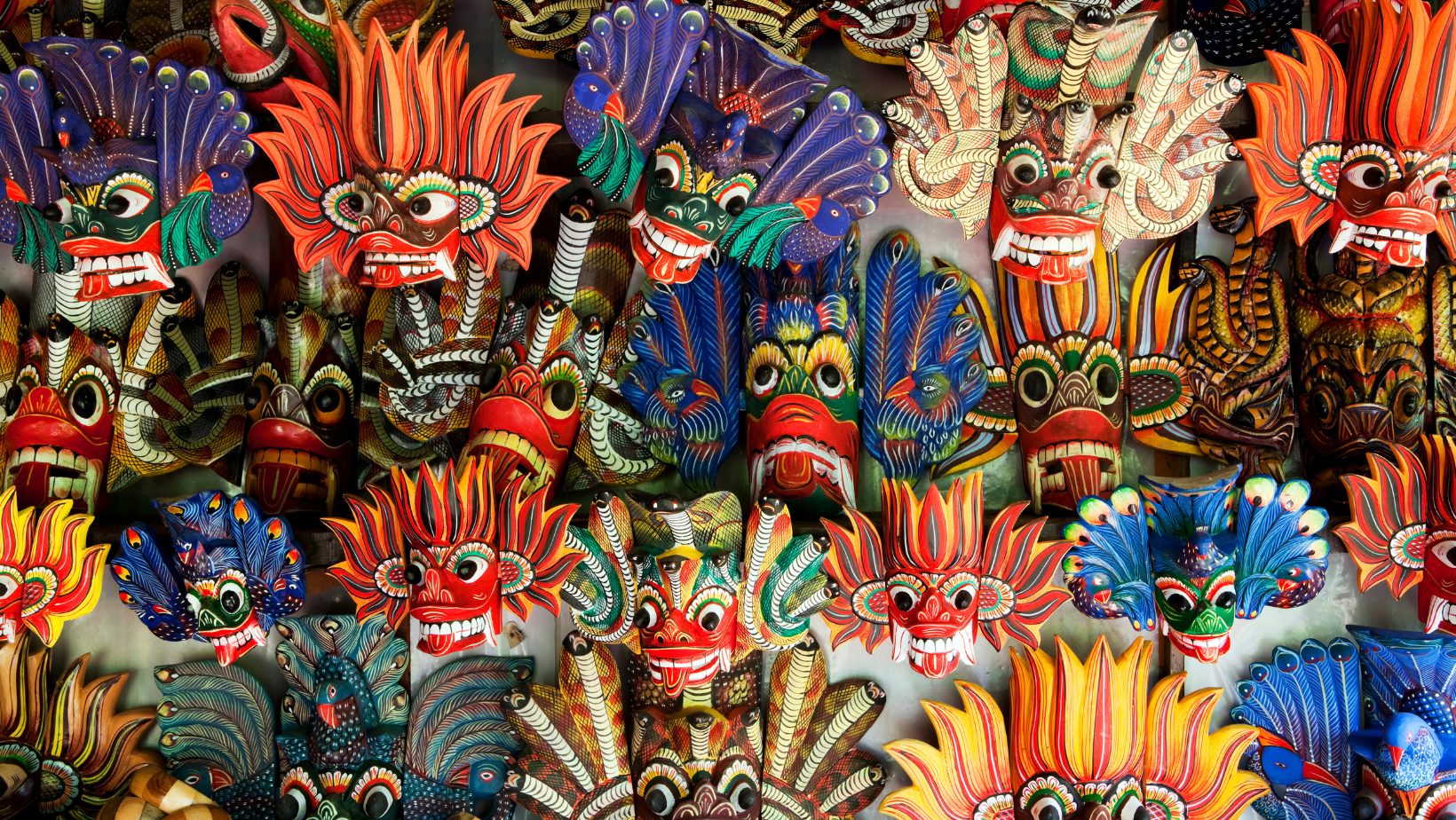
What to see in Sri Lanka
Amidst the verdant hills and sun-kissed beaches of this teardrop-shaped island lies a tapestry of enigmas waiting to be unravelled – from the mystical ruins of a forgotten kingdom to the haunting melodies of ancient chants, Sri Lanka beckons the curious wanderer with a promise of secrets and stories beyond imagination. Read on for the best of what the Tear Shaped Island has to offer.
Anuradhapura
Anuradhapura is one of the most important historical and cultural sites to see in Sri Lanka, with a rich legacy that dates back over 2,500 years. It was the first capital of the island, and the center of a thriving civilization that traded with ancient Rome and Greece. The city boasts a wealth of architectural and artistic treasures, including magnificent stupas, elaborately carved stone pillars, and stunningly beautiful sculptures. The sacred Sri Maha Bodhi tree, the oldest recorded tree in the world, is another major attraction that draws visitors from all over the globe.
Today, Anuradhapura is a UNESCO World Heritage site, and a popular destination for tourists and pilgrims alike. The sprawling complex covers an area of over 40 square kilometres and contains a multitude of fascinating ruins and relics. Visitors can explore the ruins of the ancient palaces and temples, stroll through lush gardens and tranquil lakes, and witness traditional rituals and ceremonies that have been practiced for centuries. Anuradhapura is a place of profound historical and spiritual significance, a window into the rich cultural heritage of Sri Lanka.
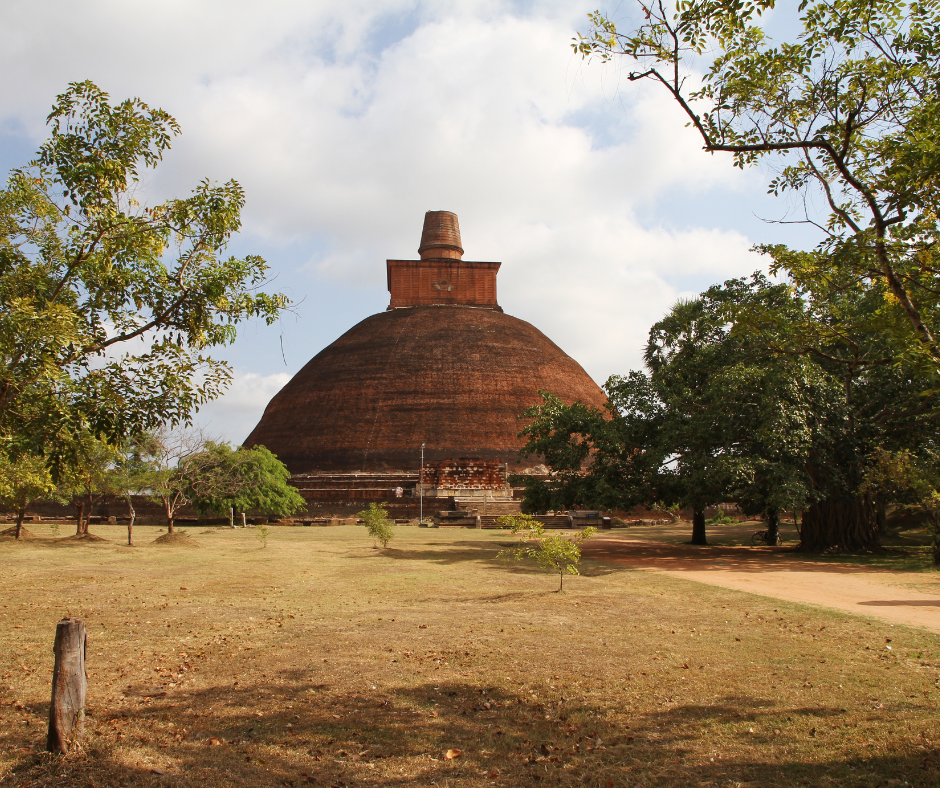

Visit a Spice Plantation
Visiting a spice plantation in Sri Lanka is a sensory adventure that will tantalize your taste buds and delight your senses. The island is famous for its rich variety of spices, including cinnamon, cloves, cardamom, nutmeg, and pepper, which have been prized by traders and travellers for centuries. A tour of a spice plantation will take you on a journey through the lush green forests and hills where these aromatic spices are grown, and give you an up-close look at the harvesting, drying, and processing techniques used by local farmers.
You will have the opportunity to taste a variety of exotic spices and learn about their medicinal properties and culinary uses. The guides are knowledgeable and passionate and will be happy to answer your questions and share their insights about the history and culture of spice production in Sri Lanka. Visiting a spice plantation is a unique and unforgettable experience that will deepen your appreciation for the richness and diversity of Sri Lanka’s natural bounty.
In addition, some spice plantations offer cooking classes where you can pick your own spices from their garden to use in your very own culinary masterpiece.
The Red Mosque
The Red Mosque of Colombo, also known as the Jami Ul-Alfar Mosque, is a striking landmark that dominates the marketplace of Pettah, one of the oldest and busiest districts in Sri Lanka’s capital city. Built in the late 19th century, the mosque is renowned for its distinctive red and white striped facade, which has earned it the nickname of the ‘Red Mosque’. The mosque’s architecture is a unique blend of Indo-Islamic and Moorish styles, and features intricate carvings, elegant arches, and a towering minaret.
The Red Mosque is not only a place of worship for Muslims but also a cultural icon that symbolizes the vibrant multi-ethnic and multi-religious fabric of Sri Lanka. It is open to visitors of all faiths, who can marvel at its exquisite beauty and learn about the history and traditions of Islam in Sri Lanka. The mosque’s central location in Pettah makes it easily accessible, and visitors can also explore the bustling markets and colourful streets that surround it, soaking up the sights, sounds, and flavors of this lively neighbourhood.
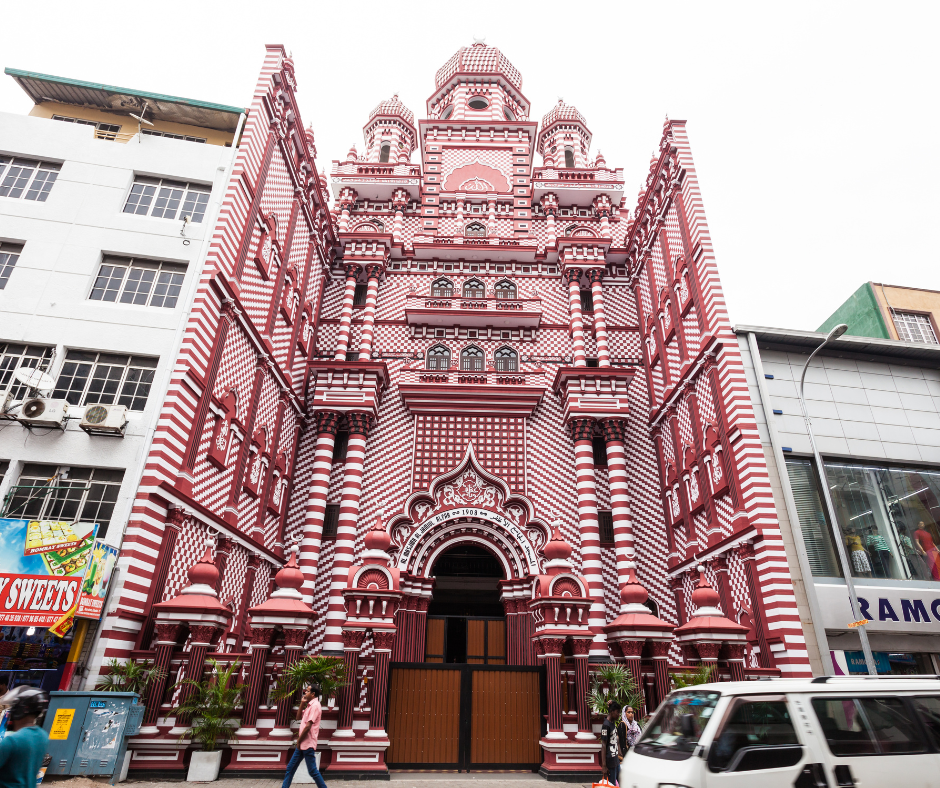
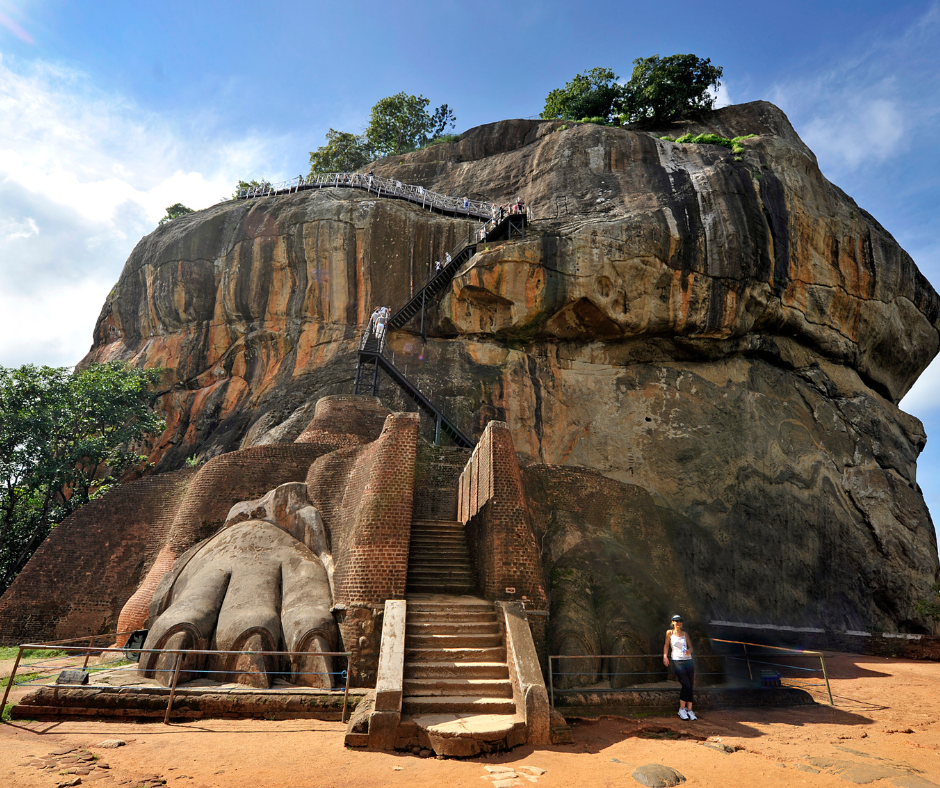
Sigiriya
Sigiriya is one of Sri Lanka’s most iconic and historically significant landmarks, a towering rock fortress that rises majestically above the surrounding jungle. Built by King Kasyapa in the 5th century AD, the fortress served as a royal palace and a center of political power for over a century. Today, Sigiriya is a UNESCO World Heritage site, renowned for its stunning frescoes, intricate gardens, and magnificent views of the surrounding landscape.
Visitors to Sigiriya can explore the vast complex of ruins and relics, including the famous ‘Mirror Wall’ that still bears traces of ancient graffiti, and the exquisite frescoes that adorn the rock face. The climb to the top of the fortress is a challenging but rewarding experience, with breathtaking panoramas of the surrounding hills and forests making though you feel as though you are looking out over Shangri-Las. Our advice is to go just before dawn to avoid the heat and humidity. If you’re afraid of heights, brace yourself, its a long way up to one of the most unmissable sights to see in Sri Lanka.
Jaffna
Jaffna is a vibrant city located in the northernmost part of Sri Lanka, with a rich cultural heritage and a unique history shaped by its Tamil roots. Visitors to Jaffna will find a wealth of fascinating attractions, from ancient temples and historic sites to bustling markets and delicious cuisine.
One of the main attractions in Jaffna is the Jaffna Fort, a 17th-century Portuguese-built fort that was later expanded by the Dutch and British. The fort is an imposing structure that dominates the city’s skyline, with its massive walls and moat serving as a reminder of Jaffna’s colonial past. Visitors can explore the fort’s many ramparts and bastions, as well as the adjacent museum, which showcases the fort’s history and the local culture.
Another must-visit attraction in Jaffna is the Nallur Kandaswamy Temple, one of the most important Hindu temples in Sri Lanka. The temple is renowned for its magnificent architecture and intricate carvings, as well as its colorful festivals and religious ceremonies. Visitors can witness the temple’s daily rituals and offerings, as well as attend special events such as the annual chariot festival, a spectacular procession that draws thousands of devotees from around the world.

Finally, no visit to Jaffna would be complete without sampling some of its delicious cuisine. Jaffna is famous for its spicy curries, seafood dishes, and traditional sweets, all of which reflect the region’s unique blend of Tamil, Sinhalese, and Muslim influences. Visitors can sample these culinary delights at local restaurants and street vendors, as well as at the city’s bustling markets, where fresh produce, spices and fish are sold in colourful abundance. Jaffna’s rich web of food, culture and architecture make it one of the best places to see in Sri Lanka.
Sri Lankan Cuisine
Sri Lankan cuisine is a delicious and diverse blend of flavours and influences from India, Southeast Asia, and Europe. One of the defining characteristics of Sri Lankan cuisine is its use of aromatic spices and herbs, such as cinnamon, turmeric, cardamom, and curry leaves, which lend a unique depth and complexity to the dishes. Rice and coconut are also staples of Sri Lankan cuisine, and are used in a variety of ways, from fluffy rice dishes to creamy coconut curries.
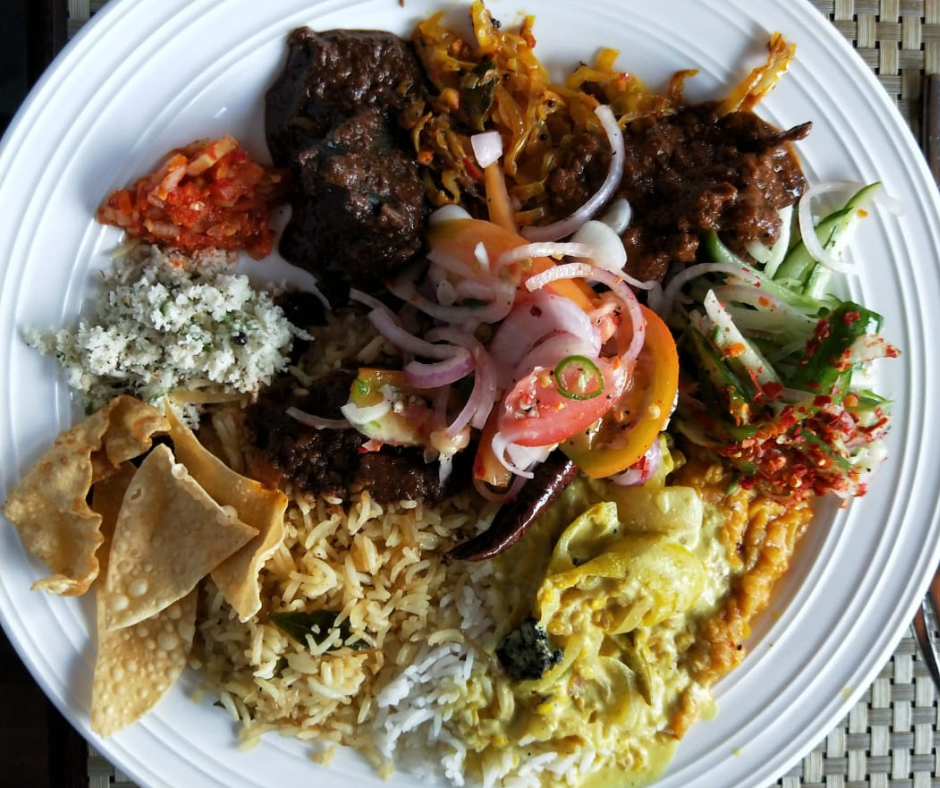
Some of the most popular Sri Lankan dishes include spicy curries, savory samosas, and crunchy papadums. Seafood is also a major part of the cuisine, with dishes such as spicy fish curry and prawn curry being particularly popular. Vegetarians will also find plenty of delicious options, including dal (lentil curry), pumpkin curry, and jackfruit curry. Desserts in Sri Lanka are also a treat, with sweet treats like milk toffee, kiri bath (coconut rice pudding), and wattalapam (a coconut and jaggery custard) being some of the favourites.
One of the best ways to experience Sri Lankan cuisine is on a food walk through Colombo. Your local guide will know all the best spots to eat and will ensure you get to try the best of what Sri Lanka has to offer. Top tip! Don’t forget to try the ‘hoppers’ (egg cooked in the middle of a savory pancake) for breakfast at your hotel.
The Temple of the Tooth Relic
The Temple of the Tooth Relic, is a really unusual and highly significant thing to see in Sri Lanka. Known also as Sri Dalada Maligawa, it is a highly revered Buddhist temple located in the city of Kandy. The temple is one of the most important religious sites in Sri Lanka and is home to the sacred tooth relic of the Buddha. The tooth relic is believed to be the left canine tooth of the Buddha and is kept in a gold casket that is housed within the temple.
The temple itself is a magnificent architectural masterpiece, with intricate carvings and colorful murals adorning its walls and ceilings.
Visitors to the temple can witness the daily rituals and offerings, including the sacred tooth relic being exposed to the public during certain times of the day. The temple also hosts various festivals and ceremonies throughout the year, including the Esala Perahera, a spectacular procession of musicians, dancers, and elephants that takes place in July or August.

The Temple of the Tooth Relic is a deeply spiritual and significant site for Buddhists, but is also a fascinating cultural landmark that offers visitors a unique glimpse into Sri Lanka’s rich history and traditions. Whether you’re a devout follower or simply interested in exploring the country’s fascinating religious and cultural heritage, the Temple of the Tooth Relic is a must-see destination that should not be missed.
Ella Scenic Train
The train ride from Kandy to Ella is widely considered one of the most scenic train journeys in the world, offering breathtaking views of Sri Lanka’s stunning hill country landscapes. The journey covers a distance of approximately 130 kilometres, passing through lush tea plantations, verdant forests, misty valleys, and cascading waterfalls.

The train departs from Kandy, passing through charming towns and villages along the way. The train moves slowly, allowing passengers to take in the spectacular views and enjoy the cool breeze blowing through the windows. The highlight of the journey is the stretch between Nuwara Eliya and Ella, which takes around three hours and is often referred to as the “most scenic section” of the journey.
During this section of the journey, the train chugs up steep mountain slopes, crossing high viaducts and winding through tunnels cut into the hillsides. Passengers can marvel at the stunning panoramas of tea plantations stretching out as far as the eye can see, mist-shrouded valleys, and rushing waterfalls. Along the way, vendors selling snacks and drinks hop on and off the train, adding to the unique charm of the experience.
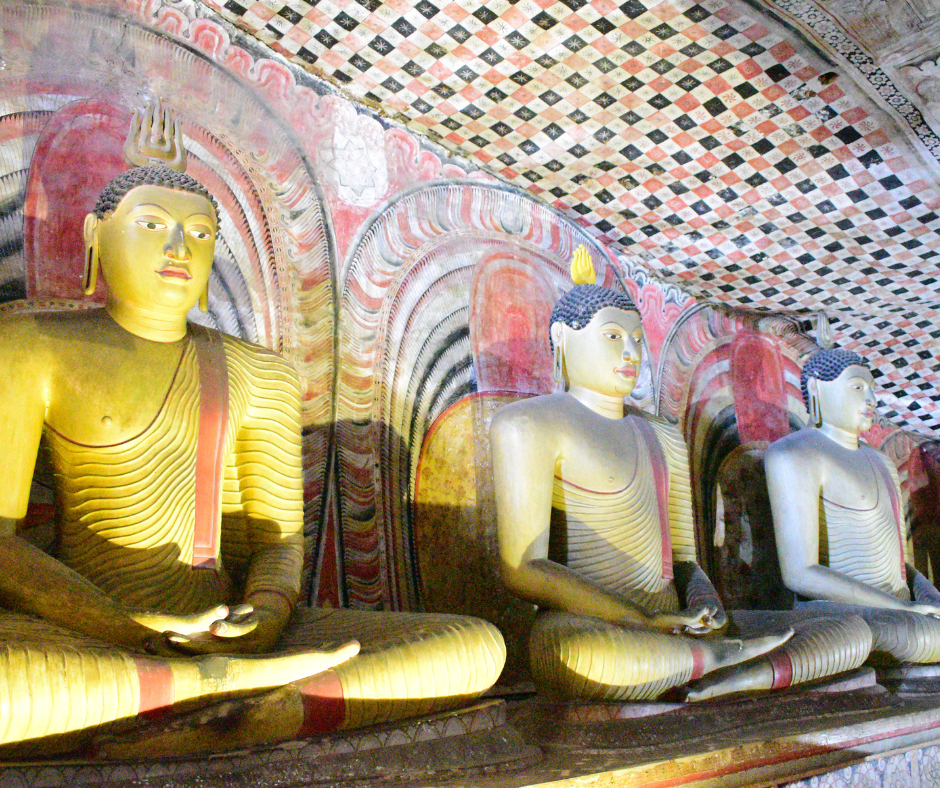
Dambulla Caves
The Dambulla Caves, also known as the Golden Temple of Dambulla, is a UNESCO World Heritage site located in central Sri Lanka. The site consists of a complex of five cave temples that are home to some of the most impressive Buddhist art and architecture in the country. The caves are thought to have been inhabited by monks as early as the 3rd century BC, and have been continuously used for religious purposes ever since.
The caves are carved into a massive granite outcrop that towers over the surrounding landscape. Inside the caves, visitors can admire a stunning collection of over 150 Buddha statues, as well as intricate murals and frescoes depicting scenes from the life of the Buddha. The walls and ceilings of the caves are adorned with colourful paintings, intricate carvings, and glittering gold leaf, creating a truly awe-inspiring atmosphere.
Visitors to the Dambulla Caves can also enjoy panoramic views of the surrounding countryside from the top of the hill. The site is a popular destination for both locals and tourists, and is particularly busy during major Buddhist festivals such as Vesak and Poson.
The caves are somewhat similar to the famous Magao Grottos in Dunhuang, China, however, they have the added benefit of not having a compulsory guide and visitors are also allowed to take photos.
Visit a Tea Plantation
Visiting a tea plantation in Sri Lanka is a fascinating and immersive experience that offers a unique insight into the country’s rich tea culture and history. Sri Lanka, formerly known as Ceylon, is one of the world’s largest producers of tea, and its tea plantations are among the most beautiful and scenic in the world.
A typical tea plantation visit begins with a guided tour of the plantation, where visitors can learn about the various stages of tea production, from planting and harvesting to withering and fermentation. Visitors can also see the tea leaves being dried and processed, and sample different varieties of tea produced on the plantation.
One of the most popular tea plantation destinations in Sri Lanka is the town of Nuwara Eliya, known as the “Little England” of Sri Lanka. The town is situated in the heart of Sri Lanka’s tea country, and offers visitors a stunning panoramic view of the tea plantations that stretch out as far as the eye can see. Visitors can also visit local tea factories and processing plants to see how tea is processed and packaged.
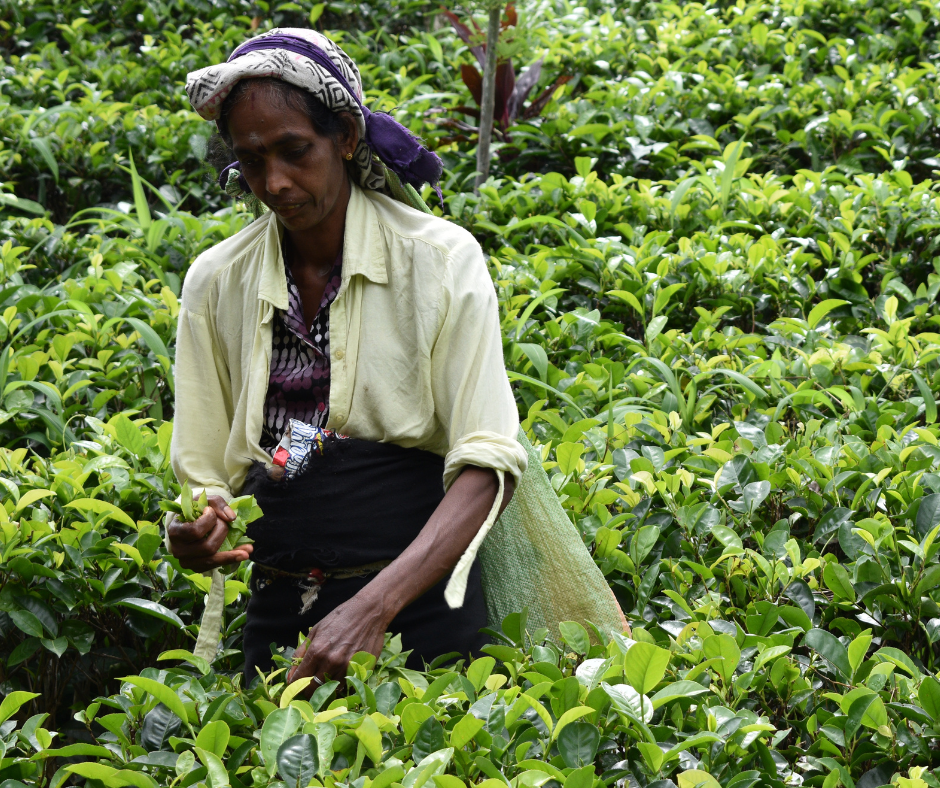
In addition to tea production, many tea plantations in Sri Lanka offer visitors the chance to explore the surrounding countryside, with activities such as hiking, cycling, and birdwatching. Visitors can also enjoy a traditional Sri Lankan meal, made with locally sourced ingredients and infused with the rich flavors of tea. Tea Mojito anyone?
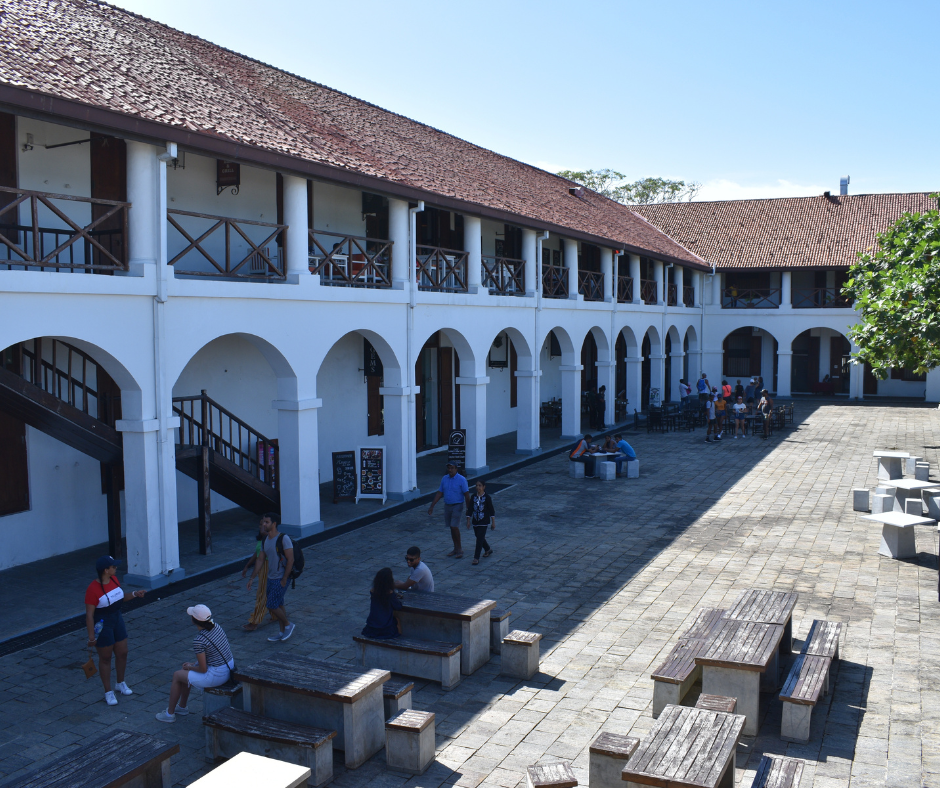
Galle Fort
Galle Fort is a UNESCO World Heritage site located in the southern coastal city of Galle in Sri Lanka. The fort was built by the Portuguese in the 16th century and was later expanded by the Dutch during their occupation of Sri Lanka. Today, it is one of the best-preserved examples of colonial architecture in South Asia and a popular destination for tourists.
The fort is a fascinating blend of architectural styles, with Portuguese, Dutch, and British influences all evident in its buildings and structures. Visitors can explore the fort’s narrow streets and alleyways, lined with colonial-era buildings, including a Dutch Reformed church, a mosque, and a lighthouse.
One of the most popular attractions in Galle Fort is the ramparts, which offer panoramic views of the Indian Ocean and the surrounding countryside. Visitors can stroll along the ramparts, taking in the sea breeze and the picturesque views, or relax on the grassy banks and watch the sunset. An amazing thing to see in Sri Lanka.
Galle Fort is also a great place to experience Sri Lankan culture and cuisine. The fort’s streets are lined with restaurants, cafes, and shops selling everything from traditional Sri Lankan handicrafts to modern clothing and jewellery. Visitors can sample Sri Lankan street food, such as kottu roti or hoppers, or dine in one of the fort’s many high-end restaurants, serving both Sri Lankan and international cuisine.
Stay in a Jeffrey Bawa Hotel
Jeffrey Bawa was a Sri Lankan architect and one of the most influential figures in tropical modernism. He was born in Colombo in 1919 and studied in the UK, where he was exposed to modernist architecture and design. He returned to Sri Lanka in the 1950s and began to create a unique style of architecture that fused modernist principles with traditional Sri Lankan design elements.
Bawa’s work was heavily influenced by the tropical climate and landscape of Sri Lanka, and he sought to create buildings that were in harmony with their surroundings. His designs often featured open-air spaces, courtyards, and verandas, which allowed for natural ventilation and cooling.
One of Bawa’s most famous projects is the Kandalama Hotel, located in the central region of Sri Lanka. The hotel is built into a rock face and features a series of terraces and balconies that offer stunning views of the surrounding forest and mountains. Bawa’s design seamlessly blends the hotel’s modernist features with the natural landscape, creating a unique and unforgettable experience for guests.
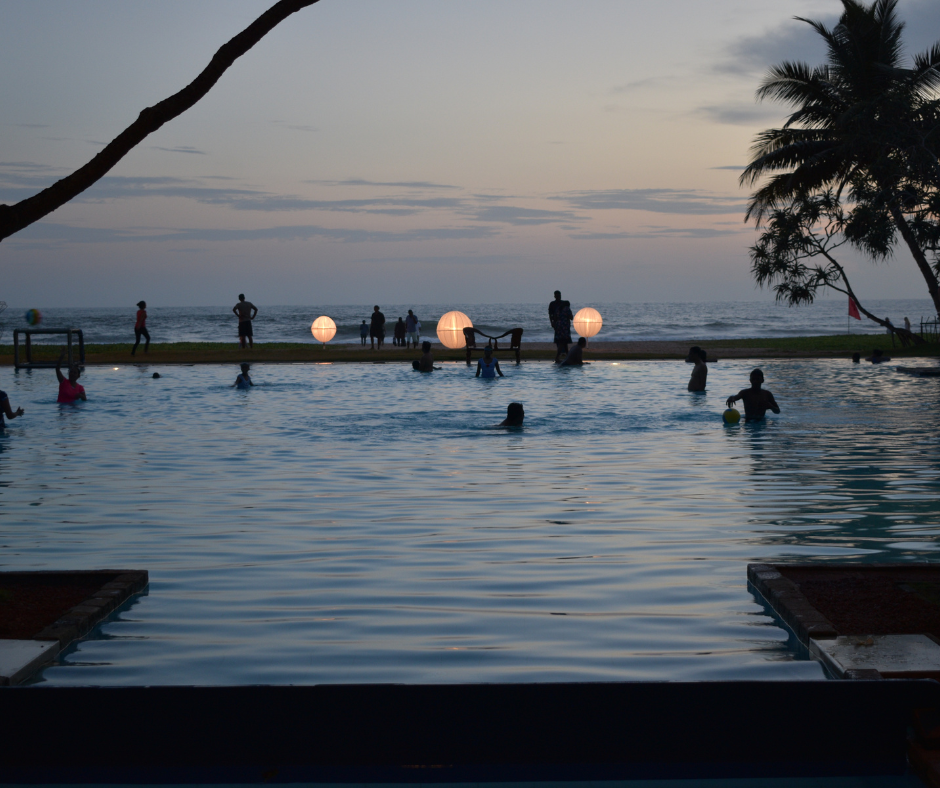
We hope you’ve found our blog on what to see in Sri Lanka informative and inspiring. Don’t forget you can tick most of these places off on our ‘Tale of a Tear Shaped Island’ tour to Sri Lanka. To book or for more information give us a call on +61 (2) 7229 1926 or email us at info@invertedatlas.com


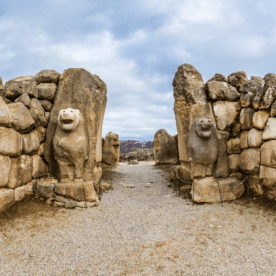
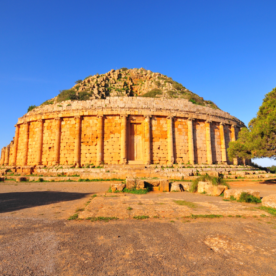

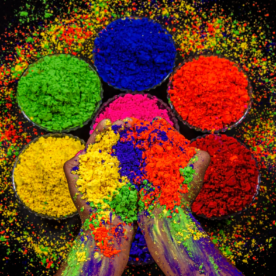
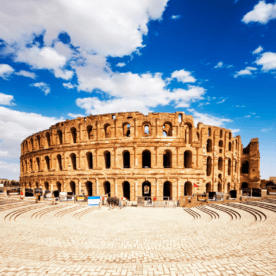

Leave a Reply